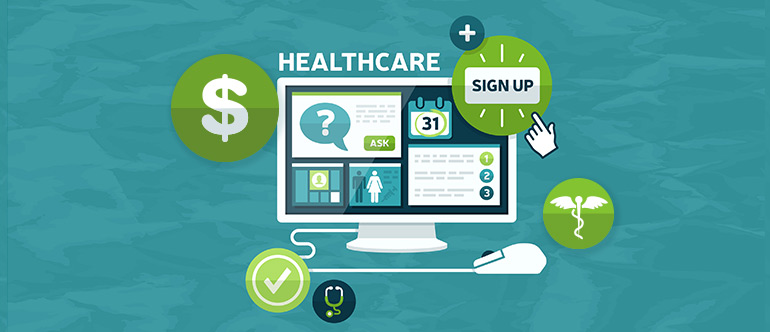Data from Large Plans to Enhance Healthcare Price Transparency


As reported by Modern Healthcare, Aetna, Humana and UnitedHealthcare have committed to supplying healthcare cost data for a new transparency tool. Via a partnership with three of the nation’s largest health plans, the Health Care Cost Institute (HCCI) intends to collect payment data and “provide free consumer access to an online tool that will offer the most accurate and timely information about the price and quality of healthcare services.”
It’s no small task, of course. According to HCCI, officials estimate healthcare spending in the U.S. to “reach $4.7 trillion by the end of the decade… an 80 percent increase from 2010.” That’s an incredible amount of data. And since the majority of it has been private for so long, many insurers hesitate to make it fully available, especially to competitors.
However, a number of changes in the healthcare industry are collectively applying pressure on insurance companies to embrace healthcare price transparency:
- With the proliferation of high deductible plans, consumers are responsible for more costs directly.
- Through healthcare reform, many consumers are shopping for insurance on public exchanges.
- States are passing legislation requiring public access to claims information.
The bottom line is that consumers need data to help them make important decisions related not only to the cost of their healthcare, but also to the quality of providers, facilities and services. While it’s difficult to amass the data – and determine consistent measures – it’s quickly becoming a requirement.
The HCCI partnership with major insurance companies is likely the largest data collection effort to date. But for the initiative to truly enhance healthcare price transparency, it’s crucial for the design of the online tool to make it easy for consumers to access and manipulate the data.
Without the right kind of technology and functionality, a database can overwhelm users by giving them a mess of numbers that don’t make sense. We’ve already had that in healthcare; this next iteration of consumer-facing information must be more user-friendly. It’s quite possible that the insurers who get it right – and help consumers most – will have an advantage moving forward.






